What Are the Different Types of BBQ Around The World?
BBQ season will be in full swing in a few weeks and to give you some different types of BBQ inspiration here’s a look at how BBQ is interpreted around the world!
 Japan
Japan
Firstly Yakitori. This type of BBQ style is a popular street food. The bamboo skewers are loaded up with chicken grilled over white charcoal. This burns longer at a lower temperature and doesn’t produce smoke. Yakitori is also a general term for grilled skewered meat but typically refers to either chicken or chicken innards.
South Africa
The South African braai centres on cooking meat, contributed potluck-style, with a wood-burning braai stand, or grill. Popular components include skewered lamb, sosatie, and boerewors, a South African sausage.
India
A tandoor is s a cylindrical clay oven with a heat source that’s either wood or charcoal. It’s something of a cross between a traditional BBQ and a convection oven that gets hot, up to 900°F. The results are juicy skewered meats that are baked in their own smoke creating a smoky flavour. Bread like naan and cheese or fish marinated in yoghurt in a dry spice mixture are cooked in tandoors.
Indonesia
Ikan Bakar is a method of cooking fish over a bed of charcoals. The techniques vary throughout the islands but the fish is often butterflied, marinated in a spice mixture and placed between two grates or wrapped in banana leaves that go directly on the grill. The sauce often includes shallots, coriander, garlic, tamarind, turmeric and chillies, and can range from spicy-sweet to fiery.
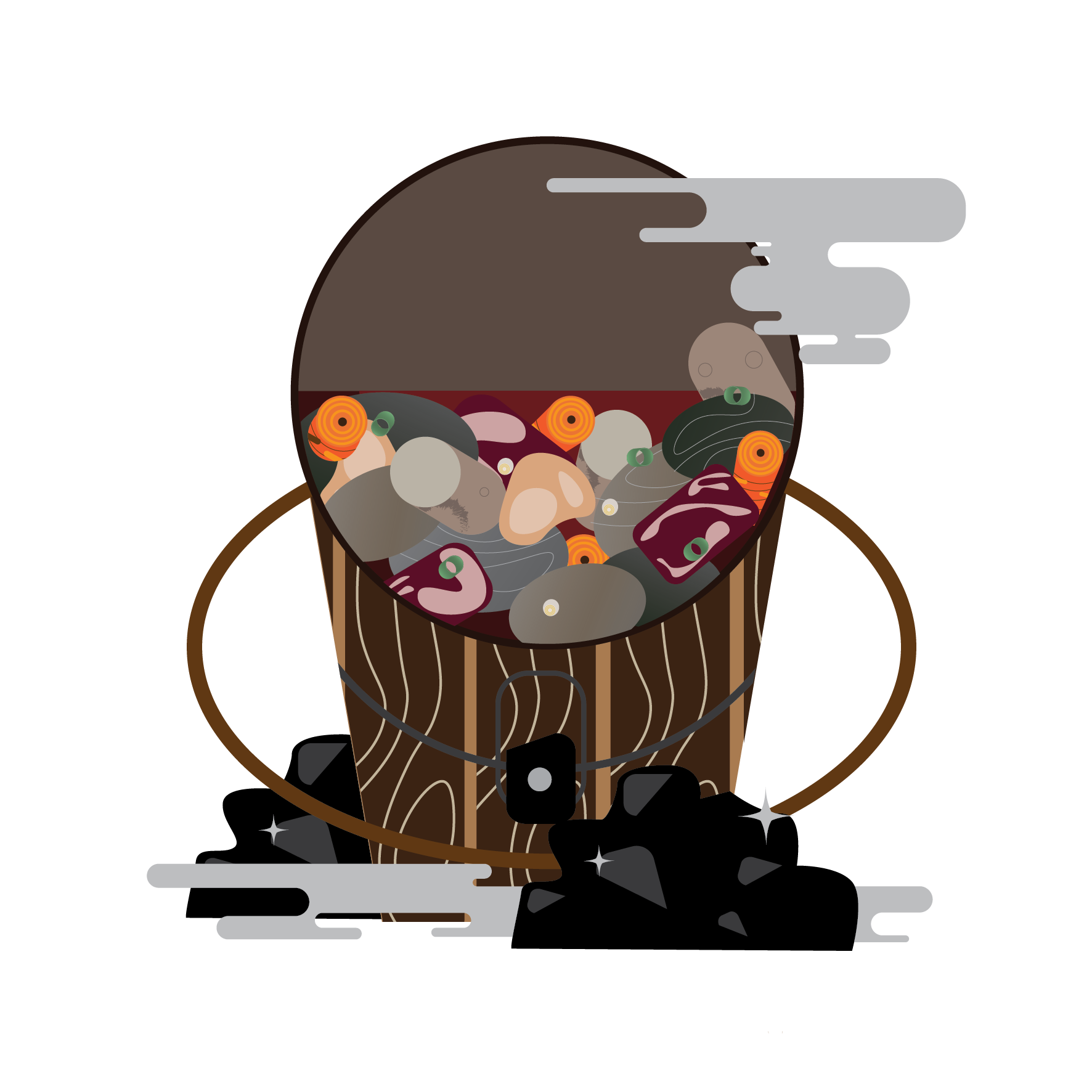 Mongolia
Mongolia
Khorkhog is an ultraportable cooking method. Lamb or goat is put into a metal or sometimes a wooden bucket. Water is then poured into the bucket along with hot stones which create steam. This cooks the meat into something similar to a dry stew. Alternatively, carrots and potatoes can be added into the bucket. As well as the bucket is sometimes heated from the outside.
Pacific islands
Earth ovens are among the most ancient ways to cook. While most of the world has moved on from using them, they’re still used commonly throughout the Pacific islands. While the cooking methods differ from island to island, cultures throughout the Melanesian and Polynesian Islands. The rest of the Pacific, still bury their meat in a pit in the earth. For this type of BBQ, the meat is generally marinated, finished with a savoury glaze and topped with tropical fruit.
New Zealand
Barbecues are a popular activity in New Zealand. Foods cooked include beef, lamb, pork, fresh fish, crayfish, shellfish, and vegetables. Additionally, sausages are a popular element of barbecues. A New Zealand barbecue is a mix of American, British, Australian, South African and Pacific Island styles. New Zealand’s Maori have the hangi, a type of earth oven, used for cooking on special occasions.
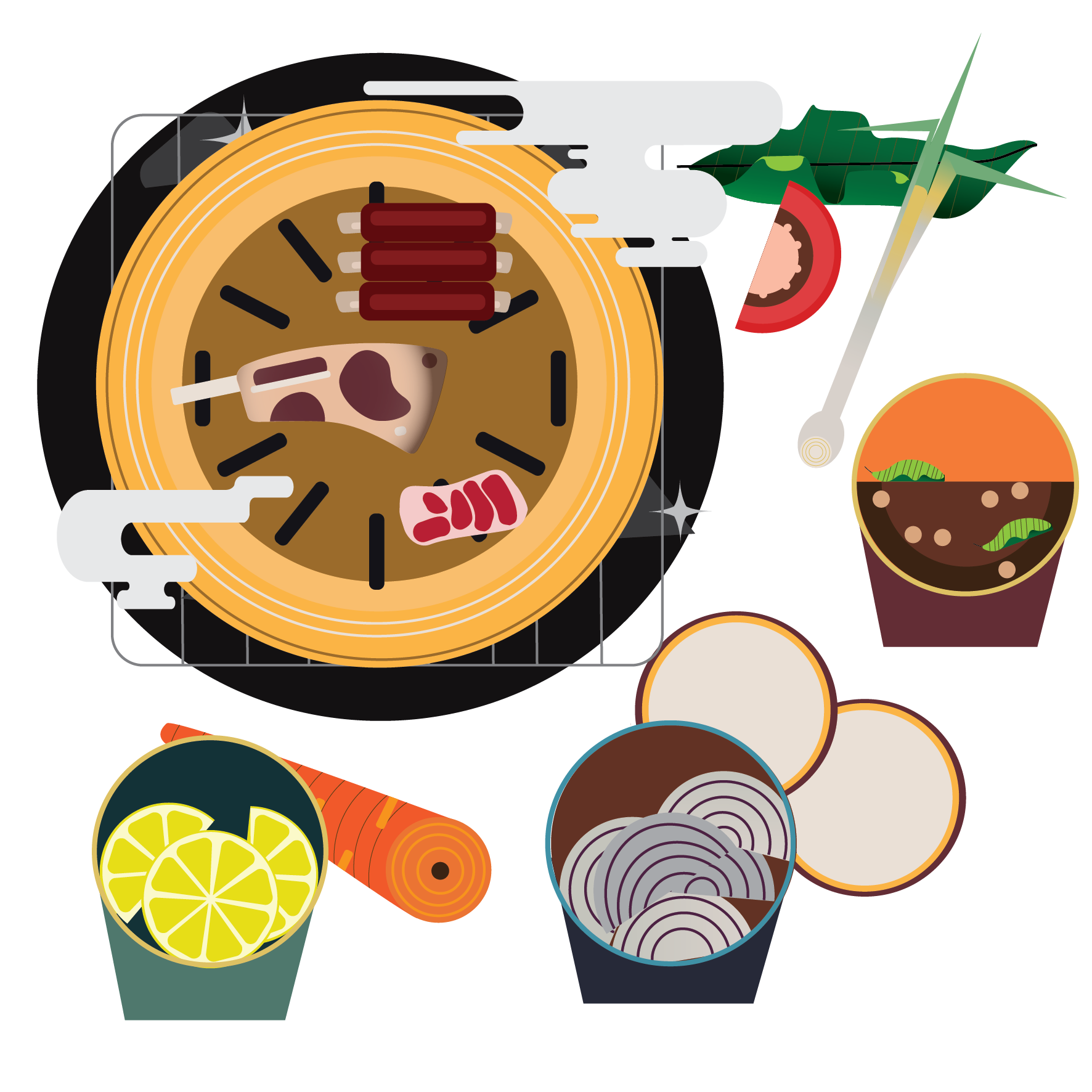 Korean Barbecue
Korean Barbecue
This type of BBQ is a popular method of grilling typically beef, pork or chicken. Dishes are prepared on gas or charcoal grills built into the dining table. There’s no Korean barbecue dish better known than Bulgogi. This is served alongside fresh vegetables, made from thinly sliced beef sirloin and is marinated with sesame, scallions, soy sauce.
United States
Lastly America, there are Four major barbecue styles in the United States that are commonly known. North Carolina and Memphis that represent the oldest styles. Kansas City and Texas, which use beef as well as pork. The U.S. has a range of contemporary suburban barbecue equipment and styles. For instance, these consist of baking, grilling (charbroiling, grid ironing, or griddling), braising (by putting a broth-filled pot on top of a charbroil-grill or gridiron-grill), or smoking various meats.

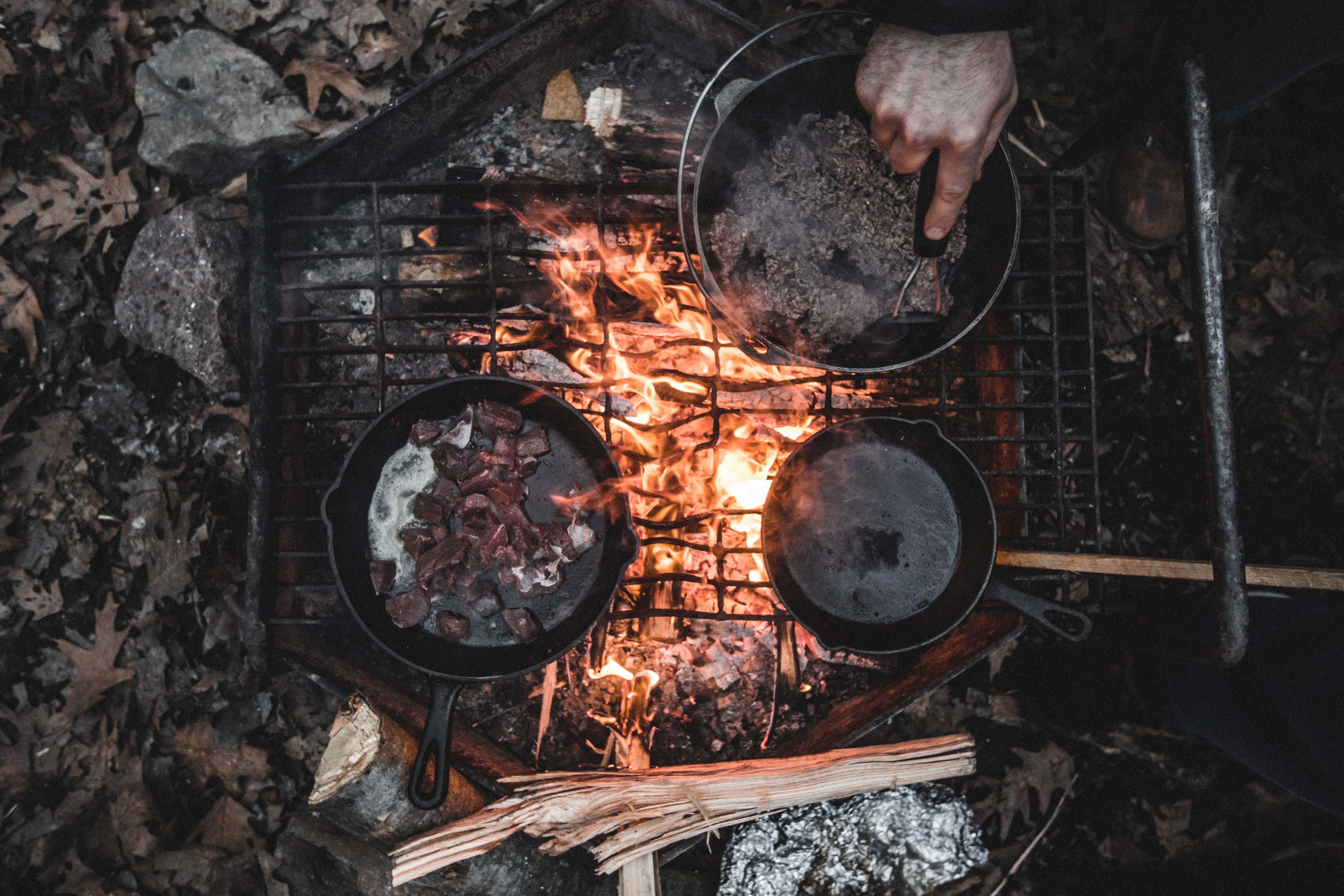
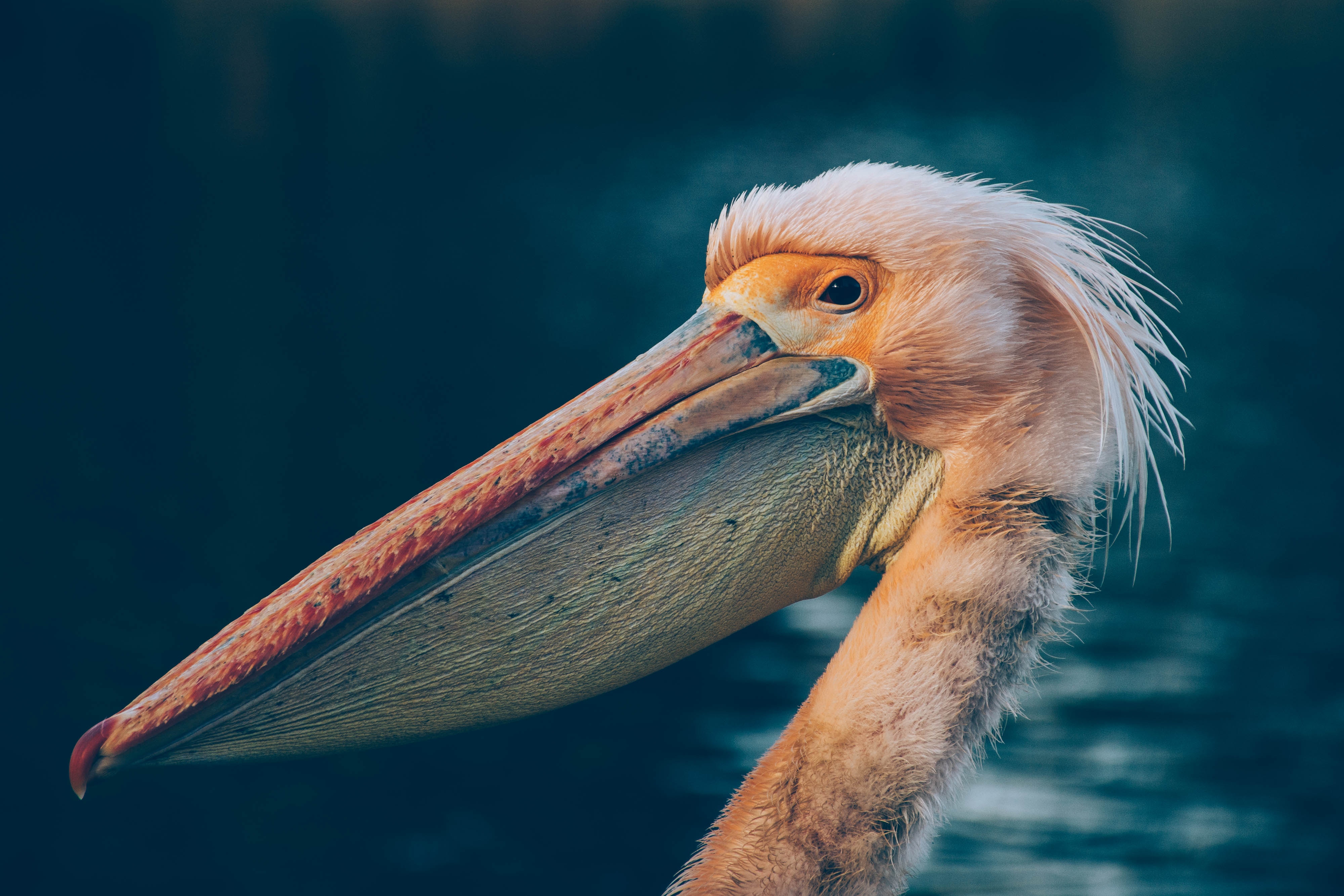
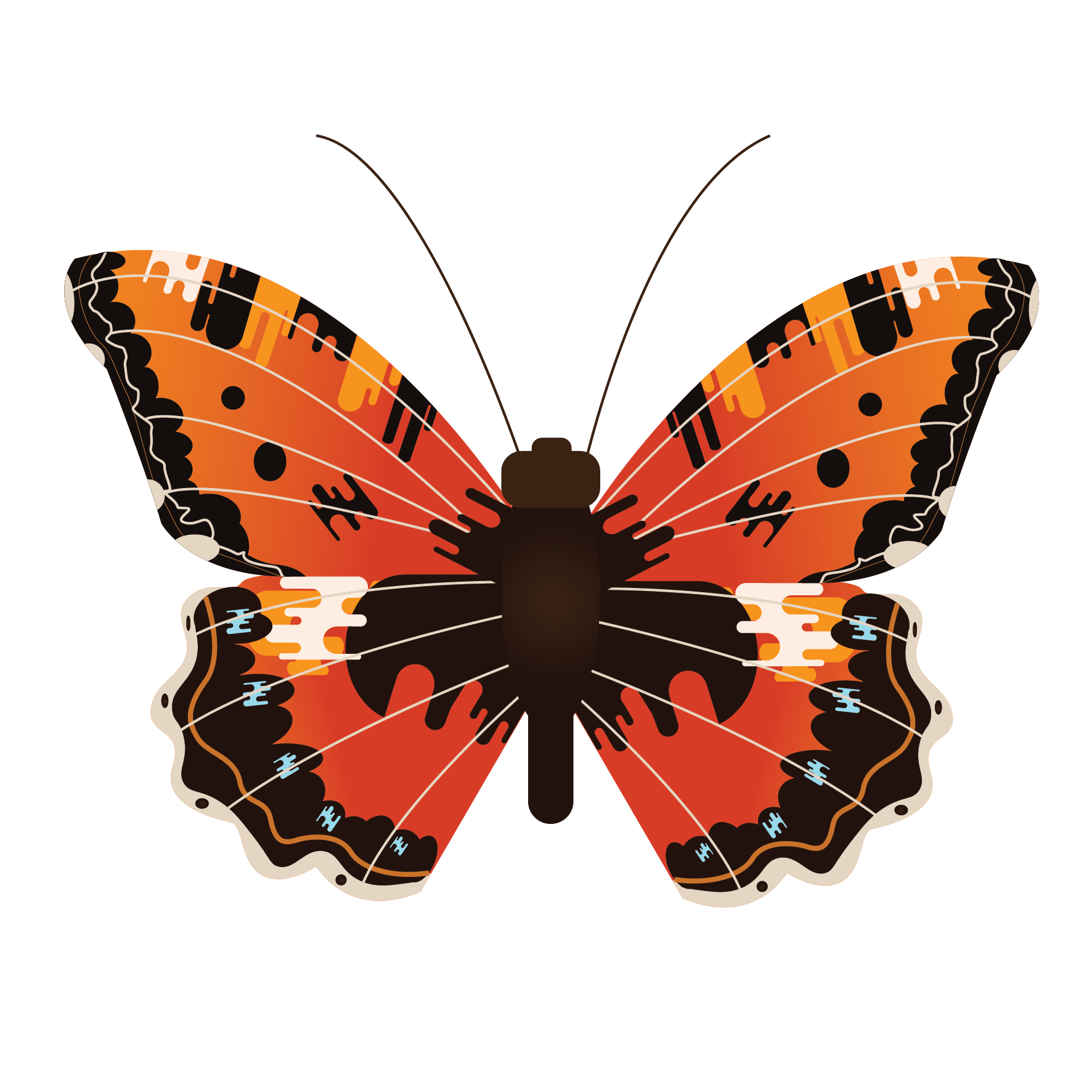 Tortoiseshell butterfly
Tortoiseshell butterfly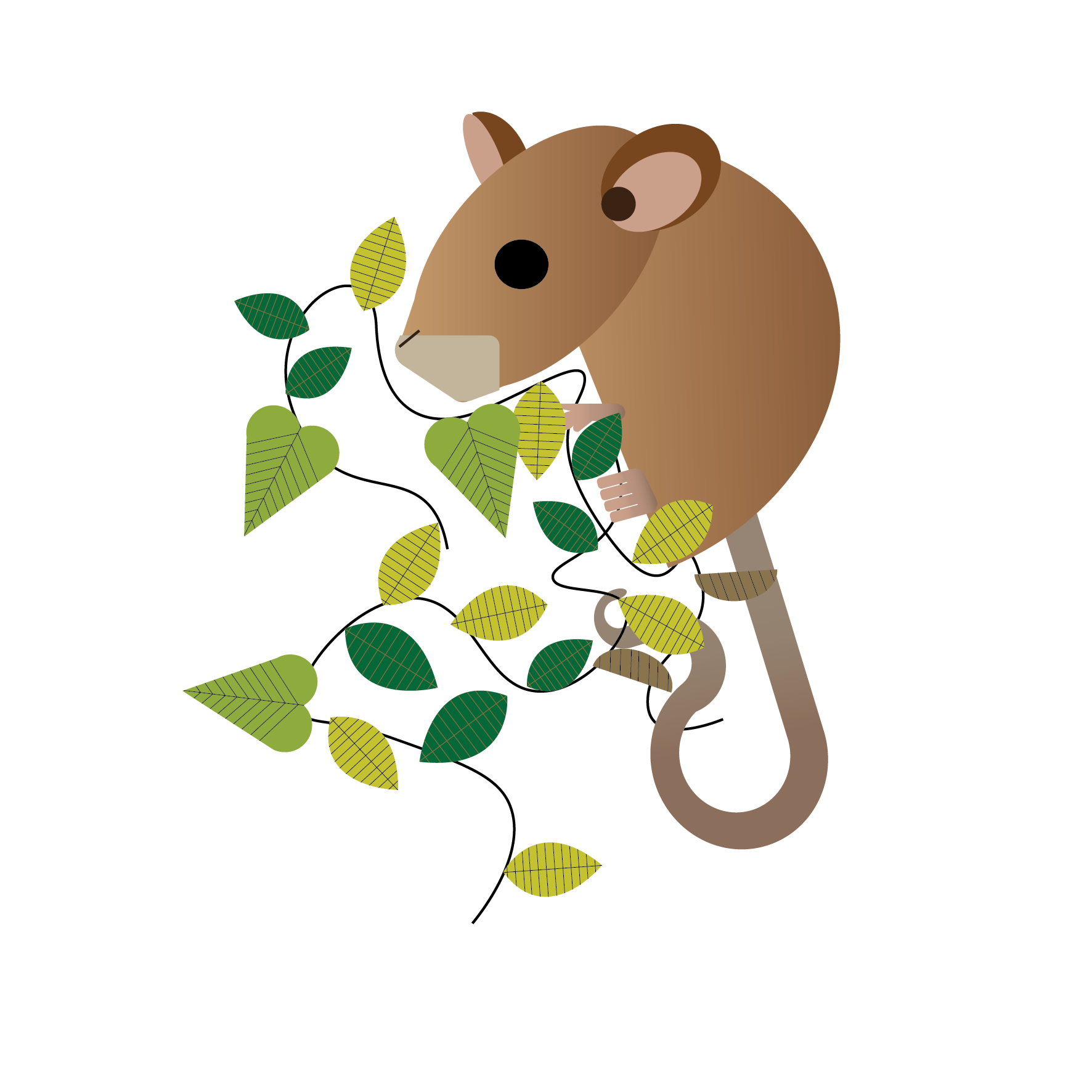 Hazel dormouse
Hazel dormouse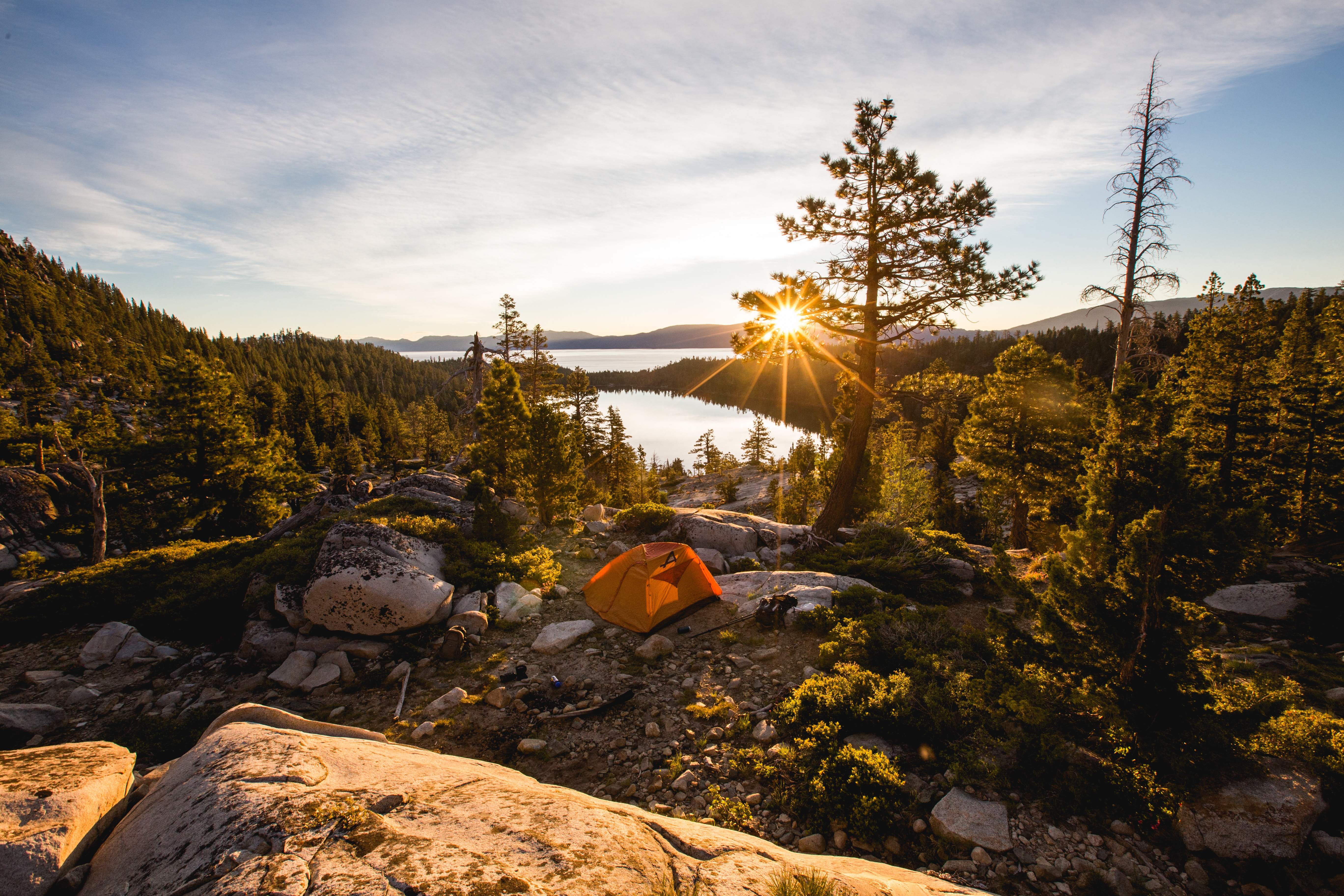

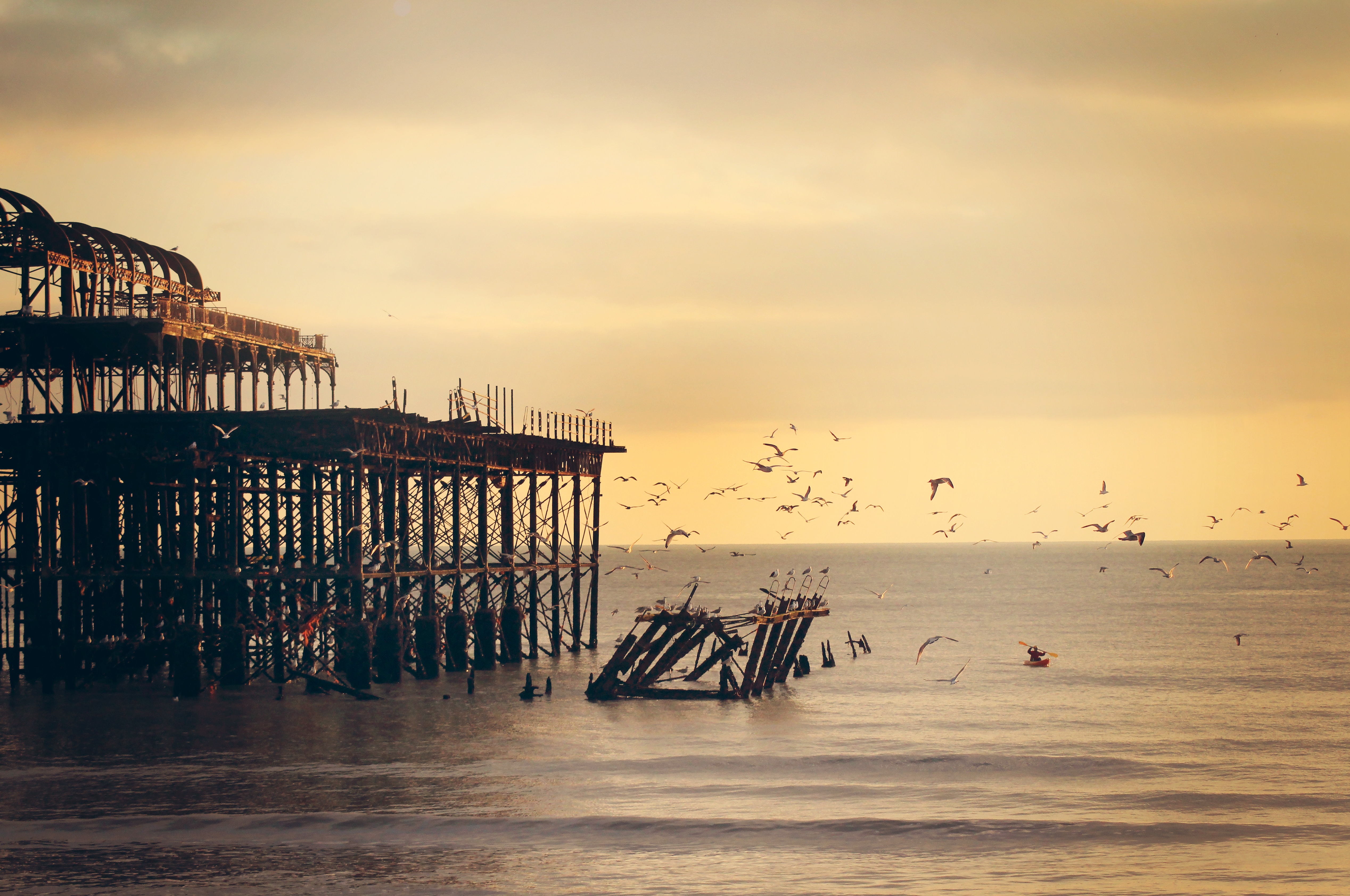
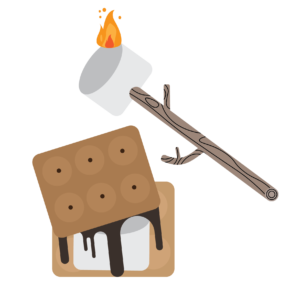 Going Away
Going Away Rainy days
Rainy days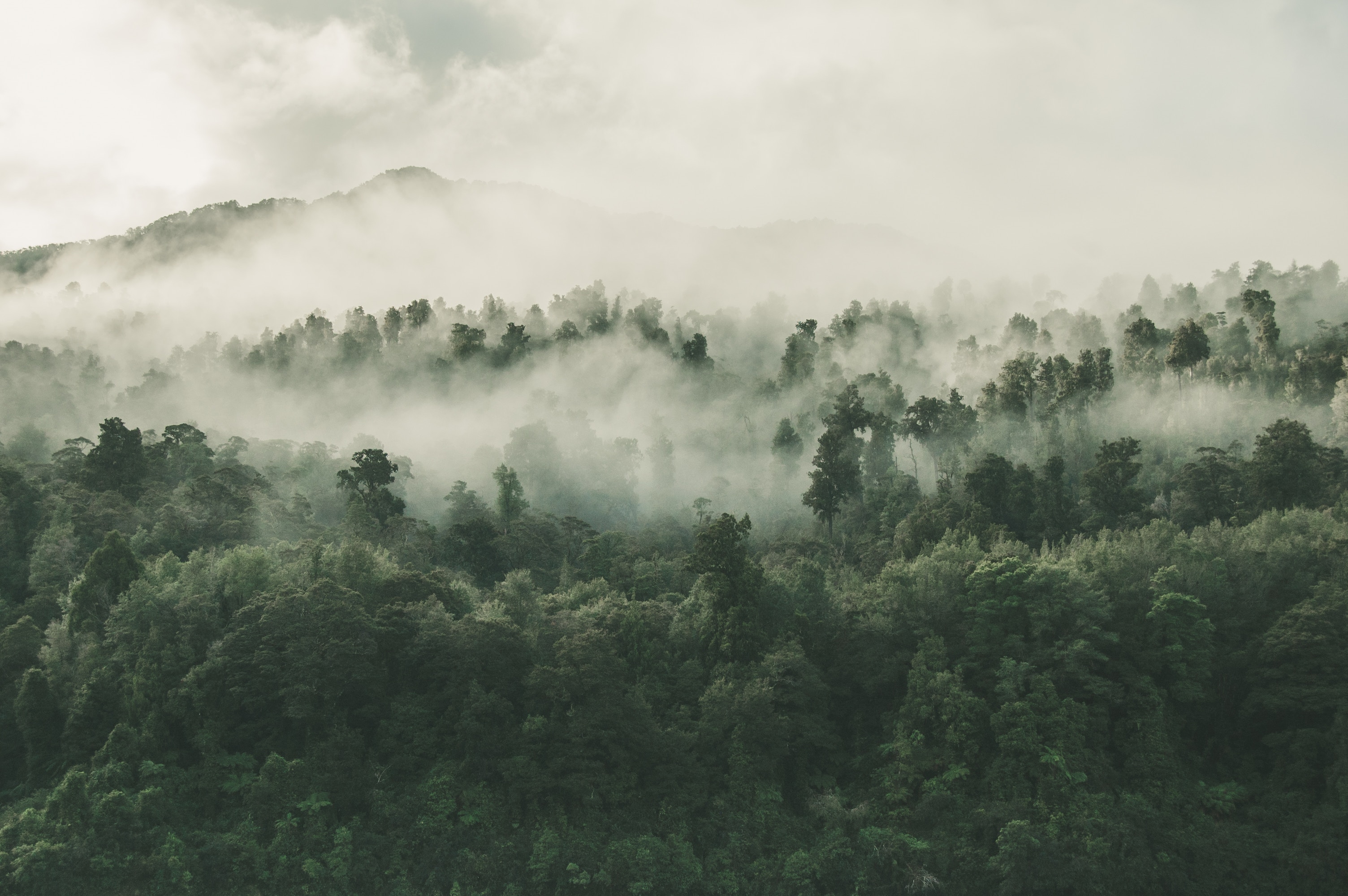
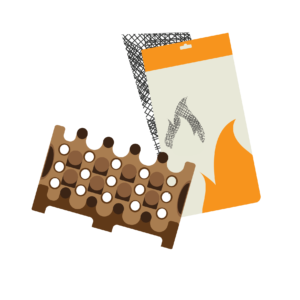 Firemizer and Firebuilder
Firemizer and Firebuilder a regular old joe, the bioplastic needs to be broken down using very high heat. An alternative could be bamboo cutlery since these contain no plastic and are easily affordable.
a regular old joe, the bioplastic needs to be broken down using very high heat. An alternative could be bamboo cutlery since these contain no plastic and are easily affordable.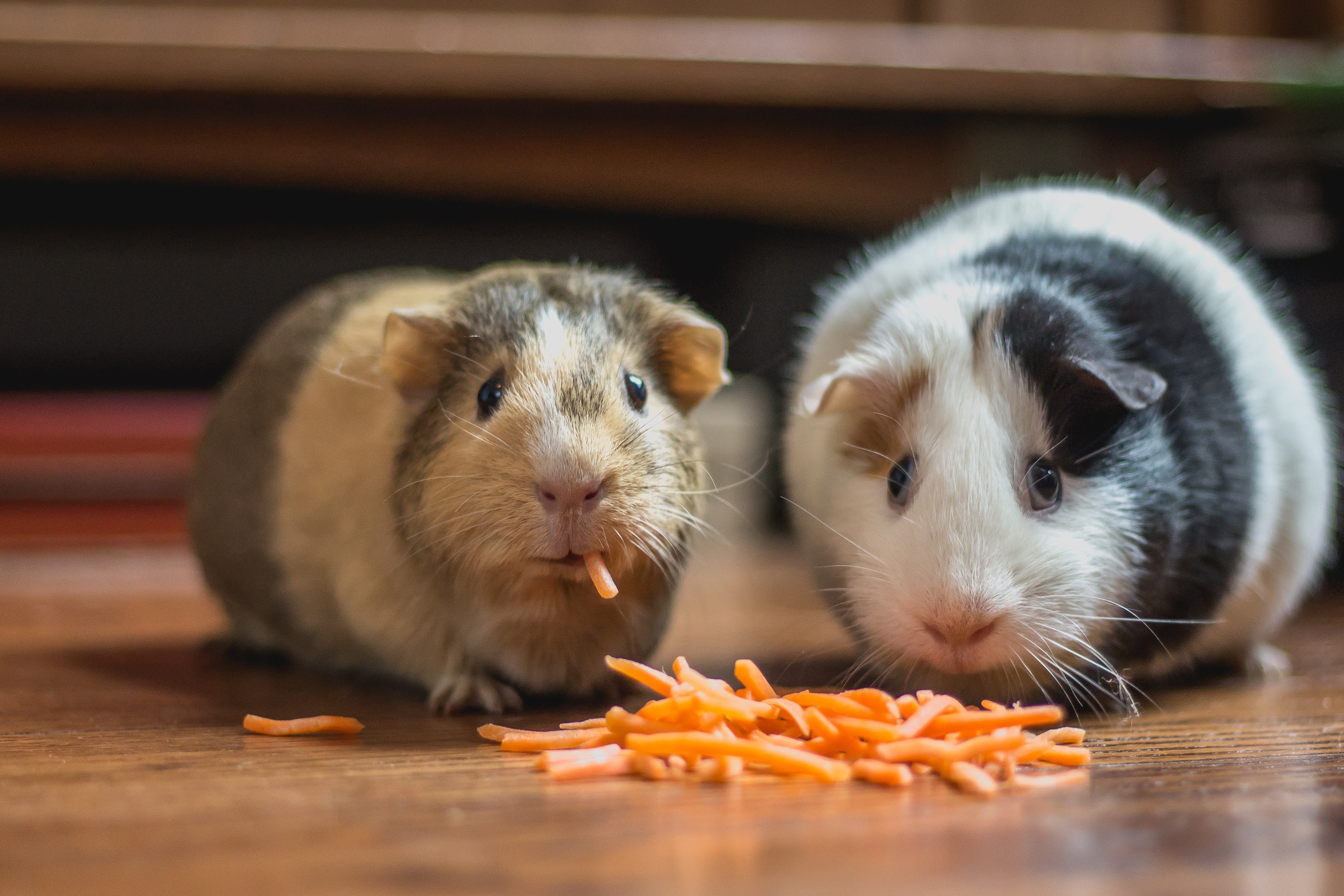
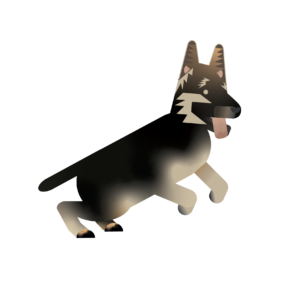 On cold days there is nothing better than sitting in front of a warm fire or enjoying summer evenings sitting outside by the fire-pit. What makes this even better is sharing it with your four-legged friends. As it is national pet month we thought to share some tips an precautions you can take for keeping your home fire safe for your pets.
On cold days there is nothing better than sitting in front of a warm fire or enjoying summer evenings sitting outside by the fire-pit. What makes this even better is sharing it with your four-legged friends. As it is national pet month we thought to share some tips an precautions you can take for keeping your home fire safe for your pets. Practice escape routes with your pets and make sure collars ID tags, microchips are up to date and their leash is readily available if you have to make an escape.
Practice escape routes with your pets and make sure collars ID tags, microchips are up to date and their leash is readily available if you have to make an escape. Birds – get them accustomed to being in a bird carrier, drape a damp sheet over the carrier to block out soot and dust as their lungs are fragile.
Birds – get them accustomed to being in a bird carrier, drape a damp sheet over the carrier to block out soot and dust as their lungs are fragile.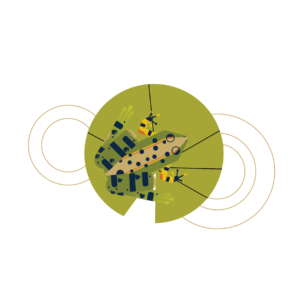 Frogs – have quarantine tanks ready for an emergency, if it is cold it will need heating and insulation. Use a heating pad, towels or extra clothes to wrap around the tank. If you can’t access Clean water make sure you have a few bottles or spray bottles.
Frogs – have quarantine tanks ready for an emergency, if it is cold it will need heating and insulation. Use a heating pad, towels or extra clothes to wrap around the tank. If you can’t access Clean water make sure you have a few bottles or spray bottles.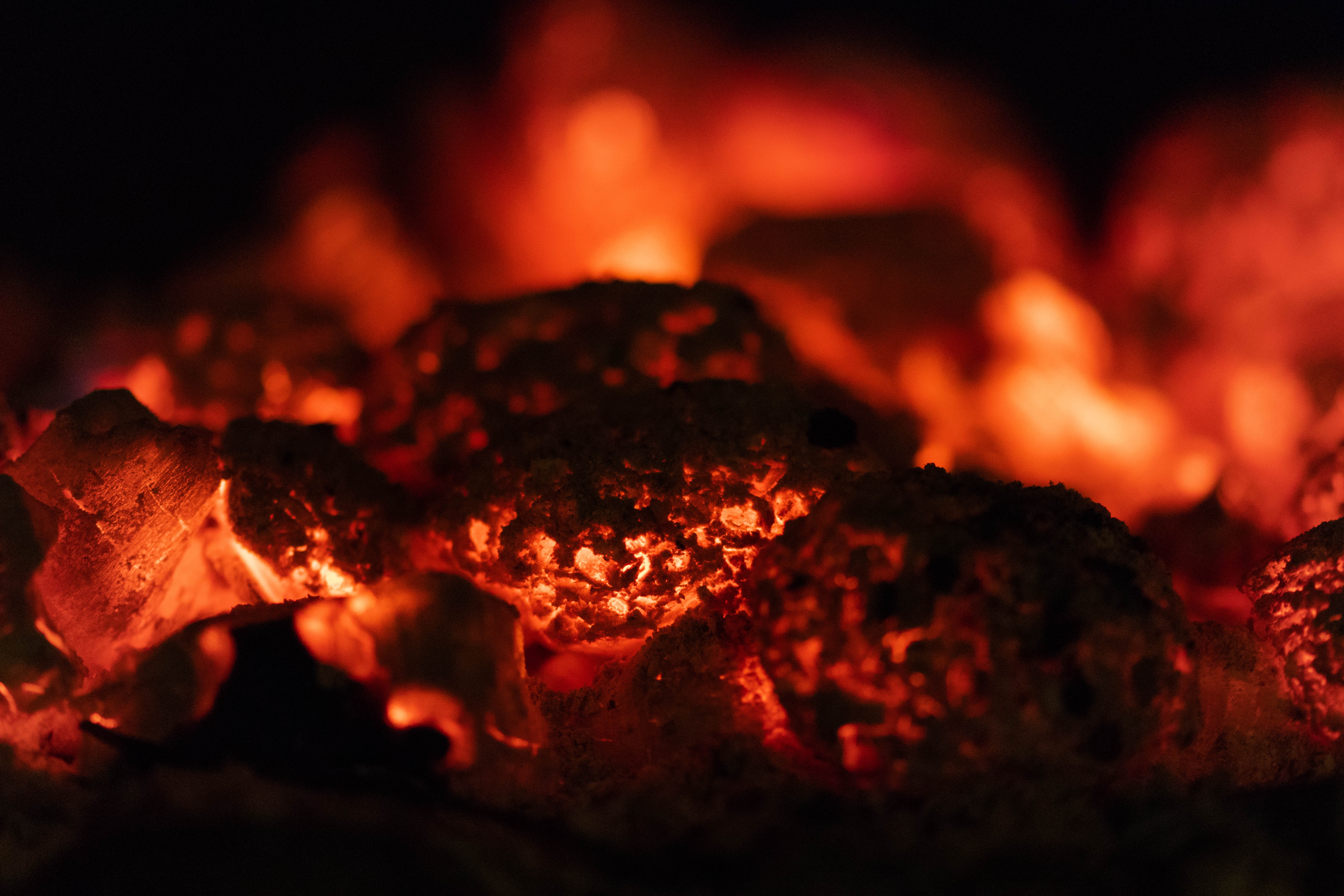
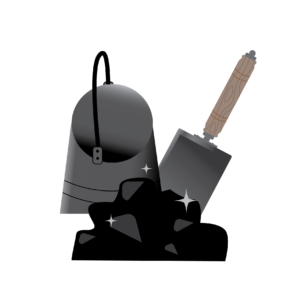 Coal and Multi fuel stoves
Coal and Multi fuel stoves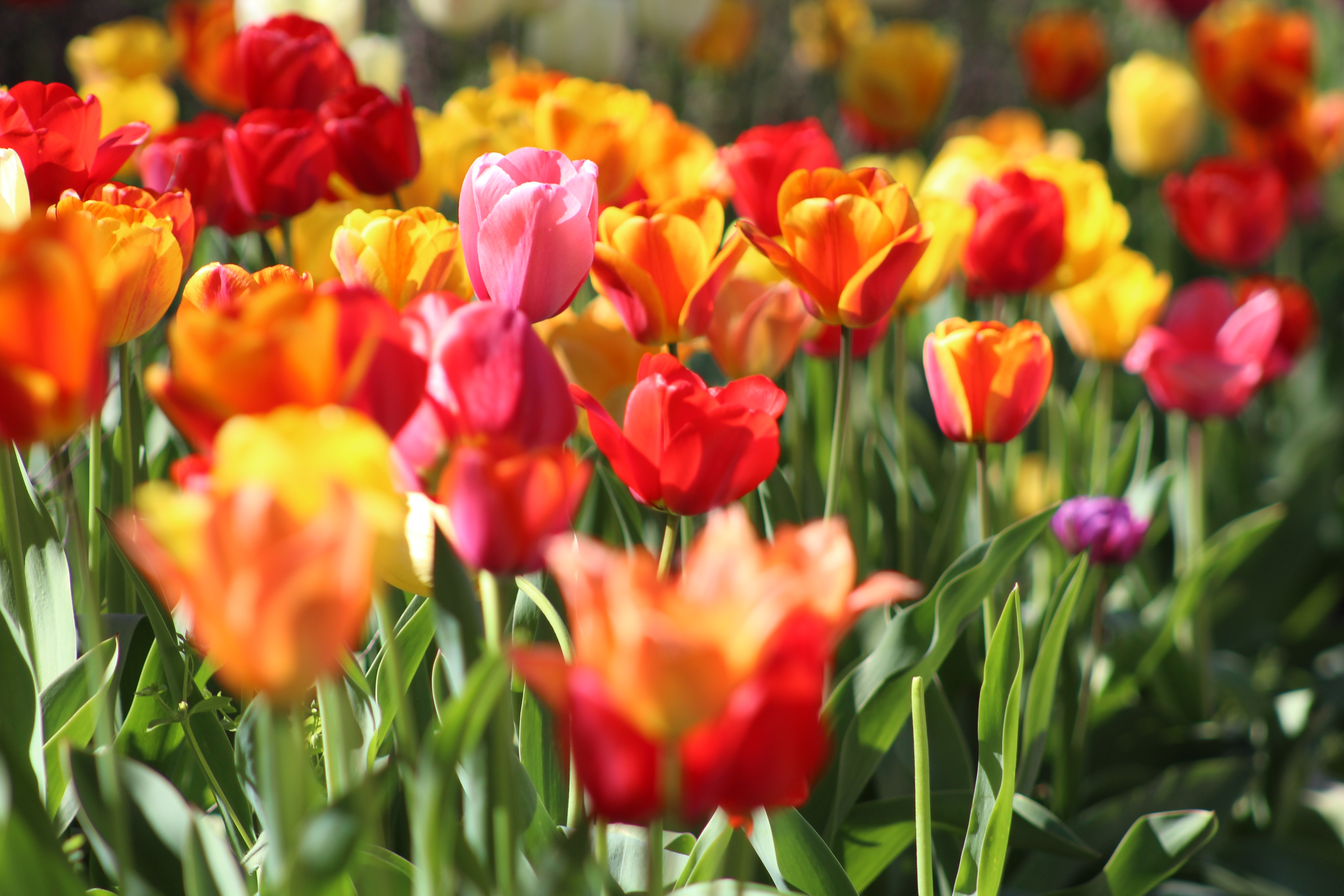
 Orangutan
Orangutan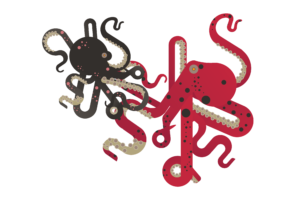 Octopus
Octopus Emperor Penguins
Emperor Penguins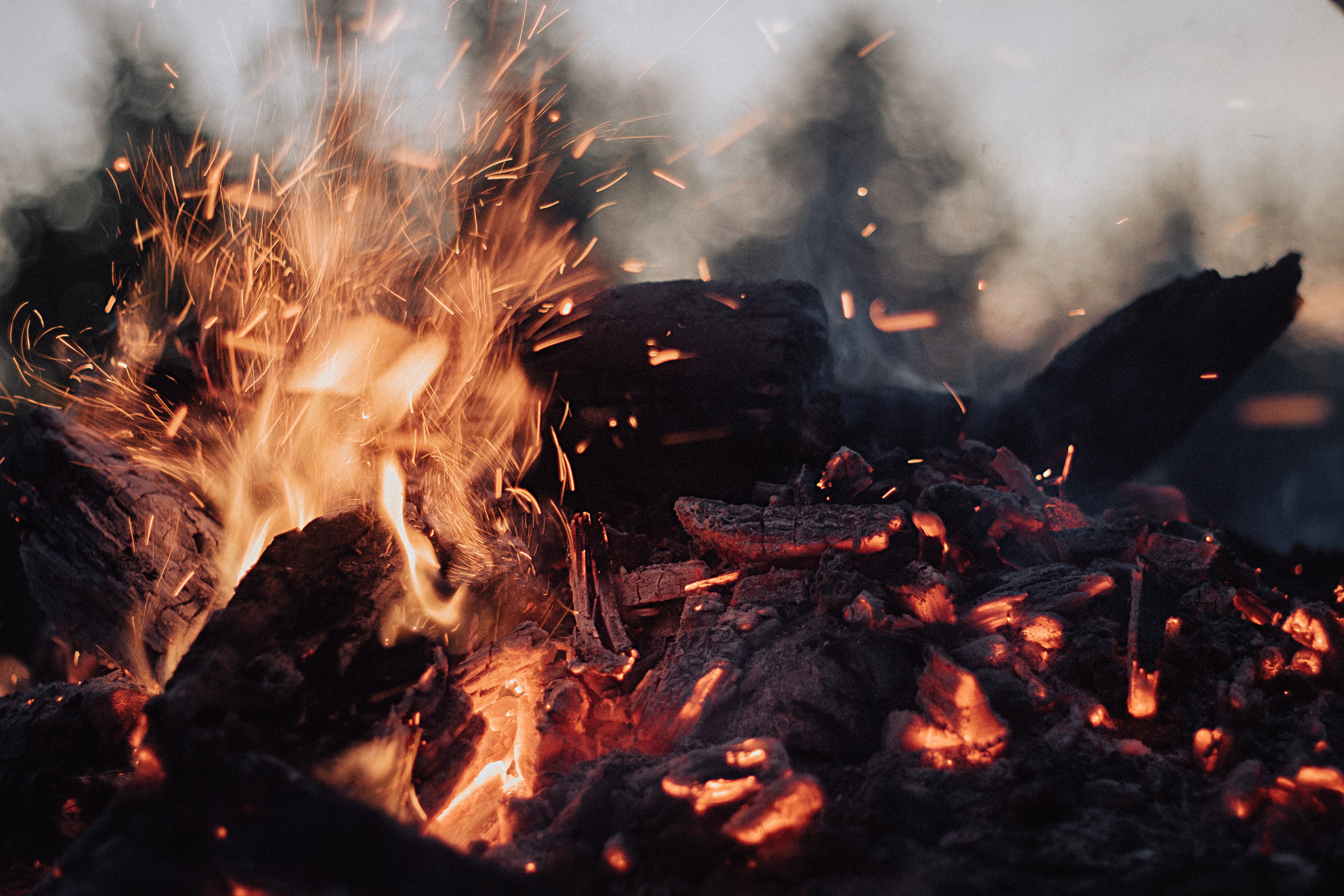
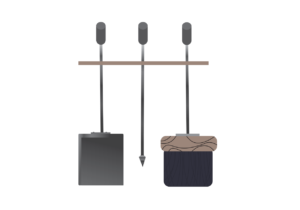 Tools
Tools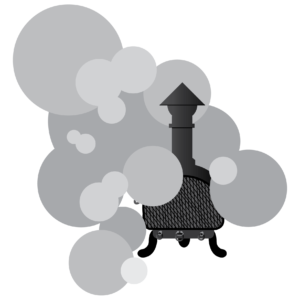 Air pollution
Air pollution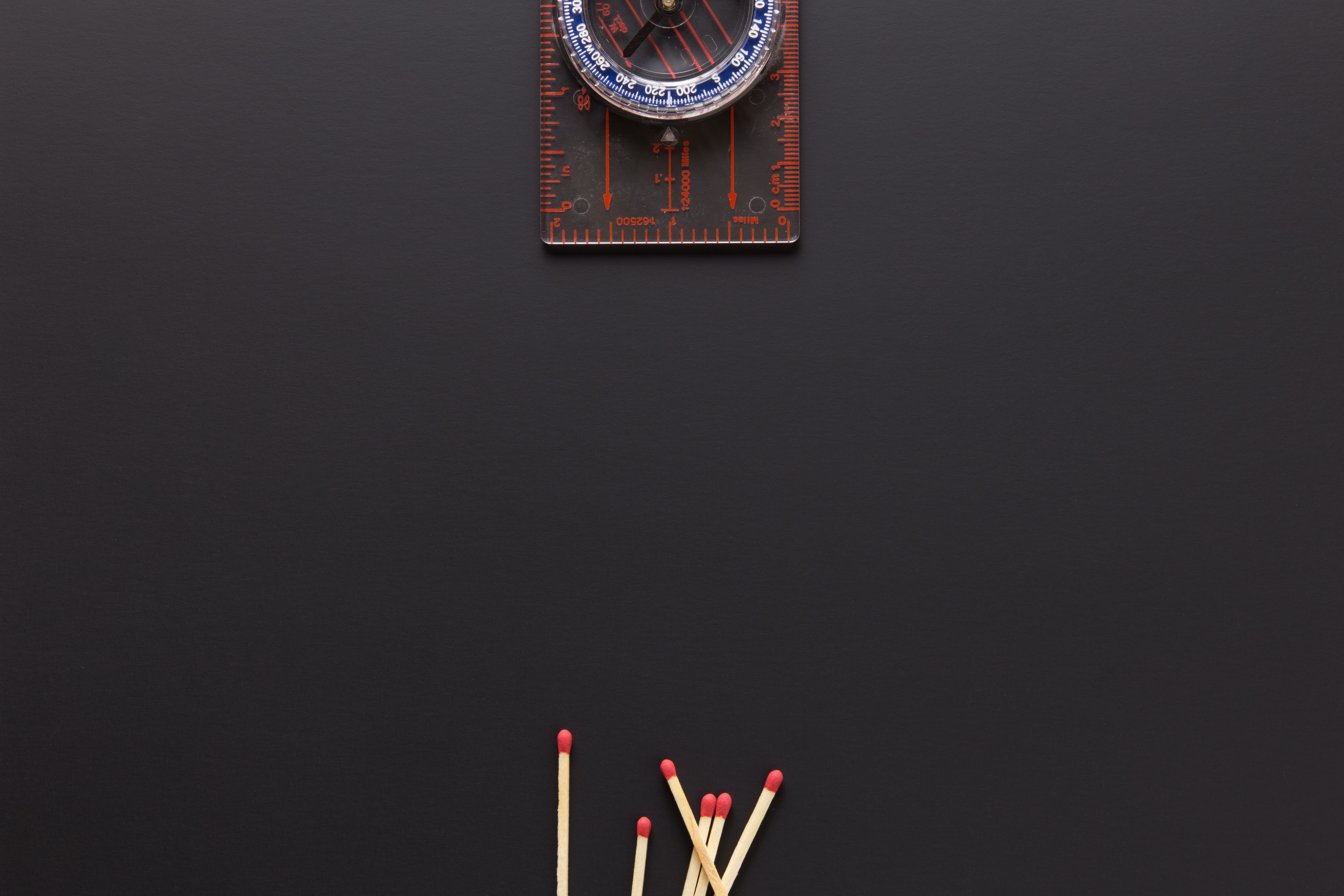
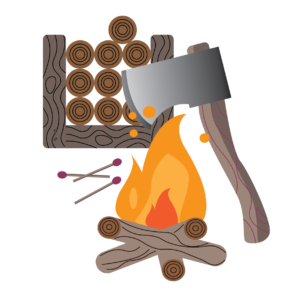 What you’ll need!
What you’ll need!